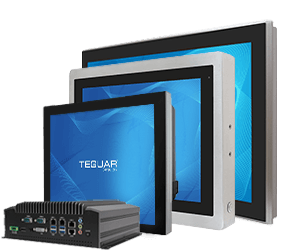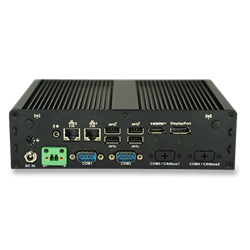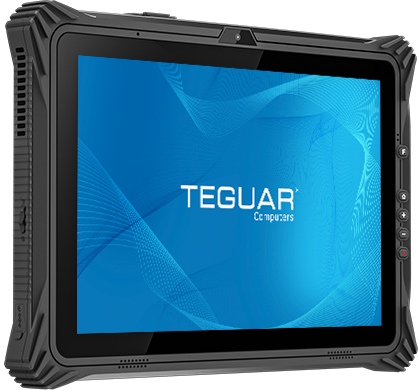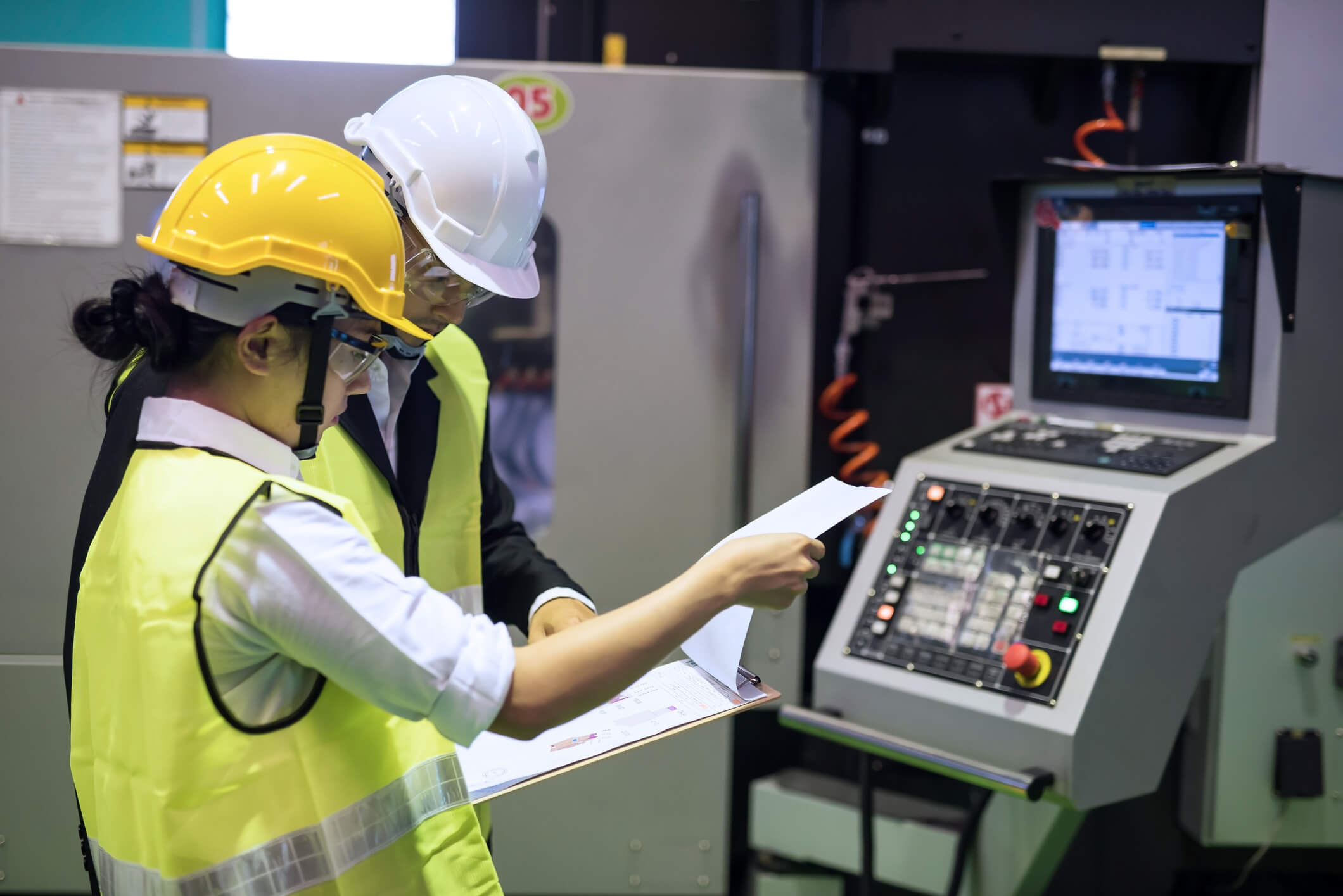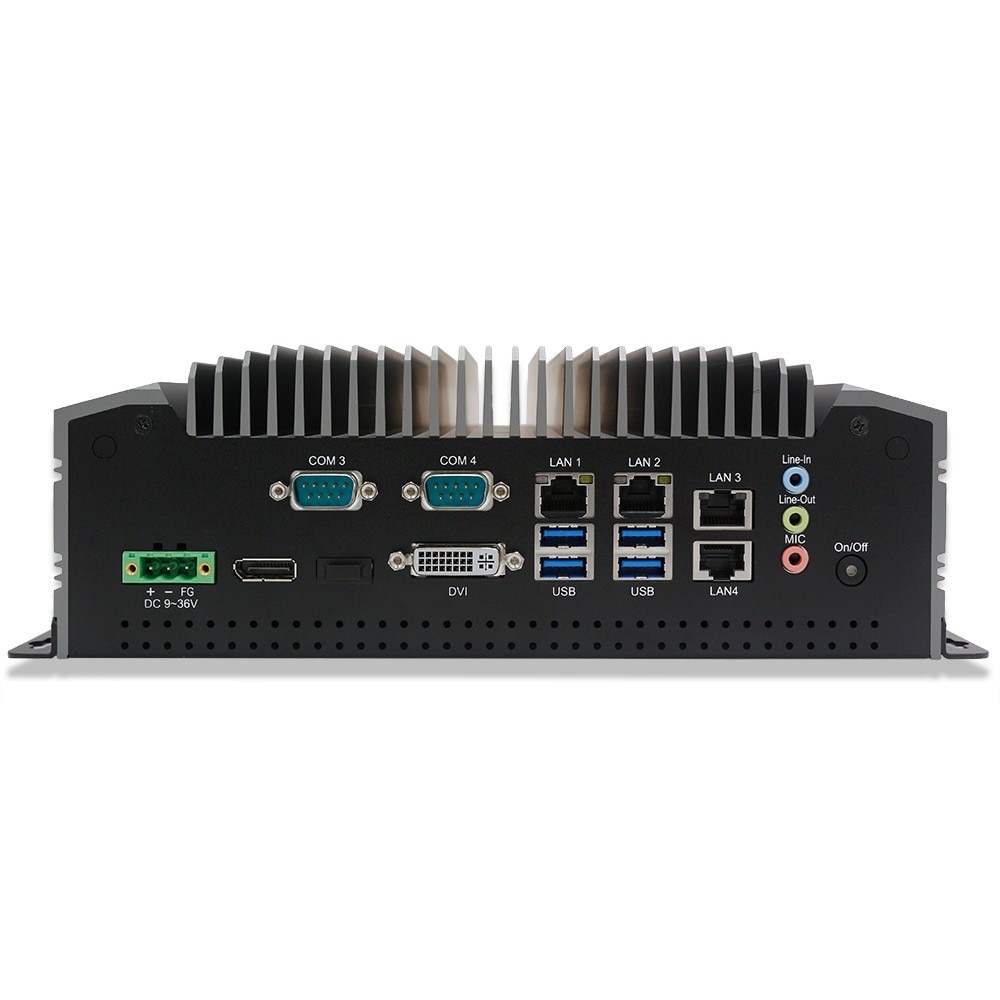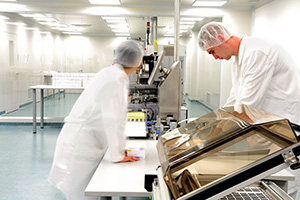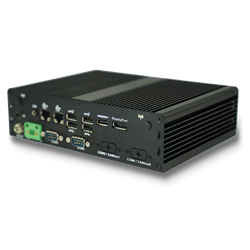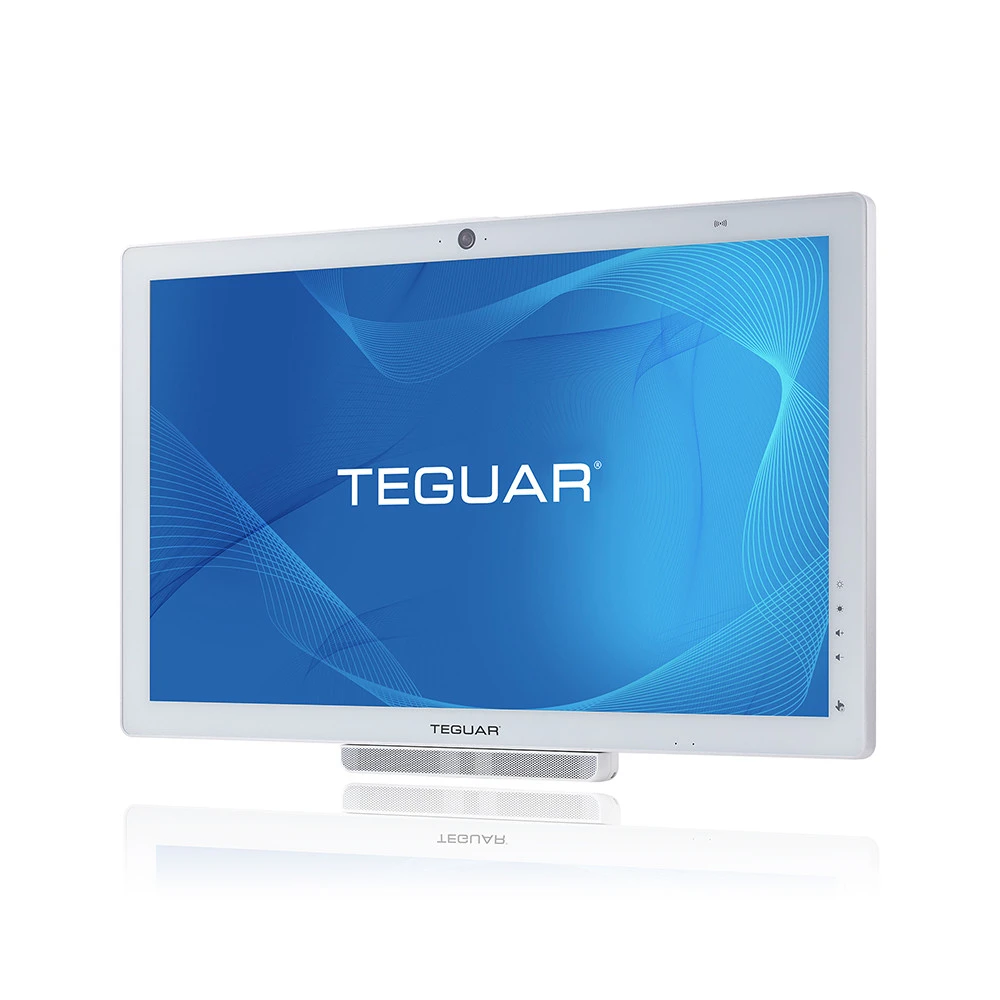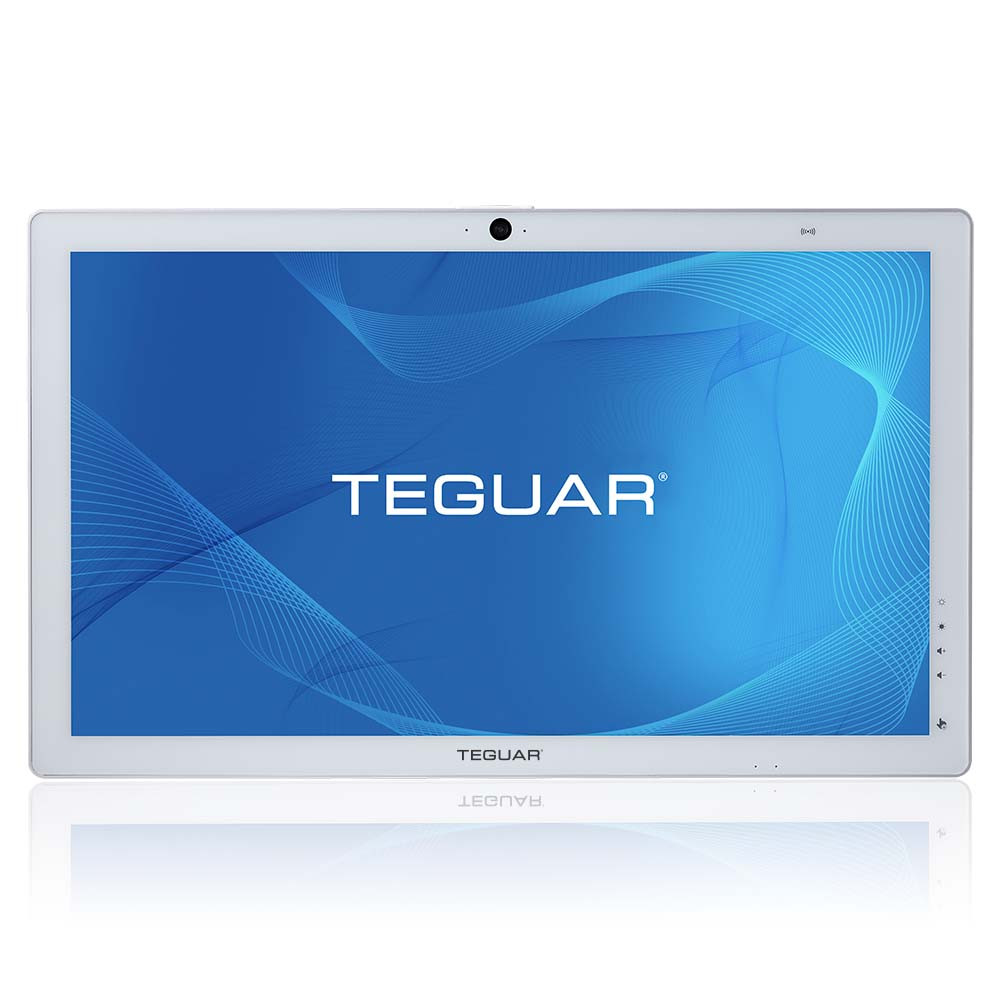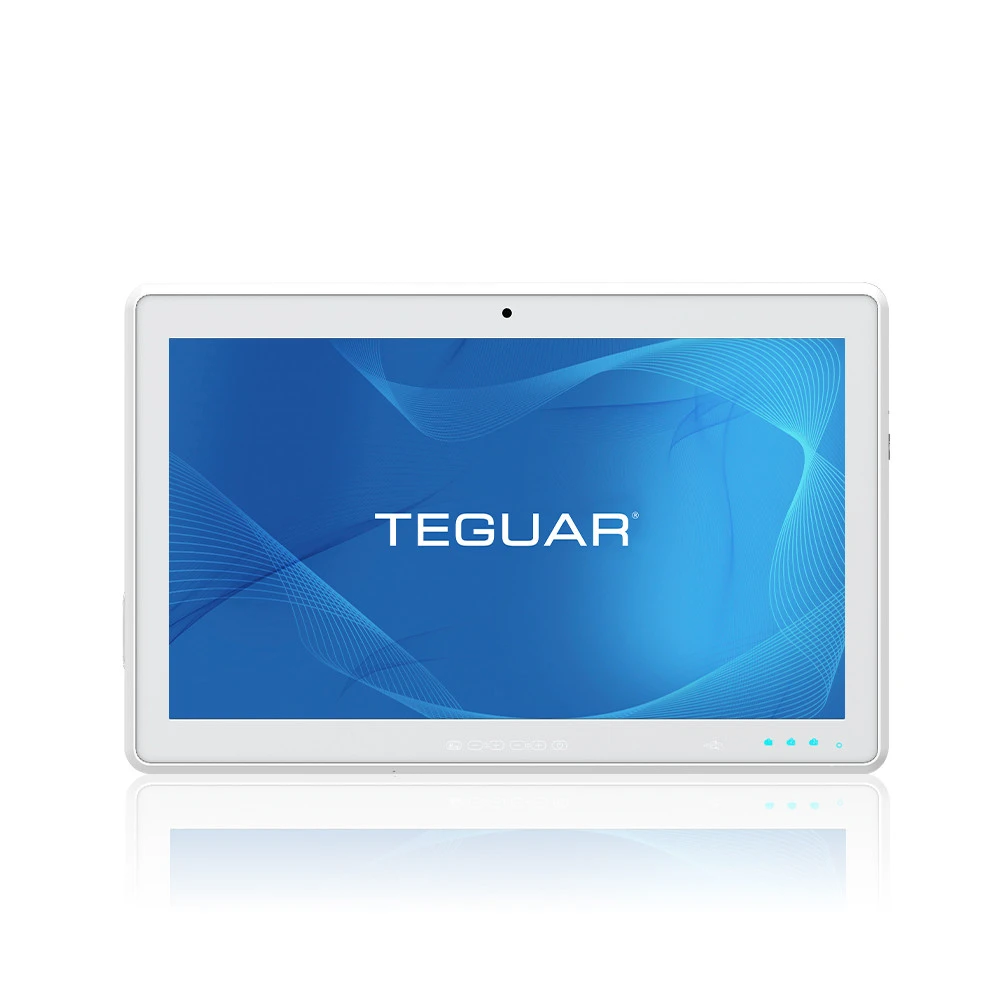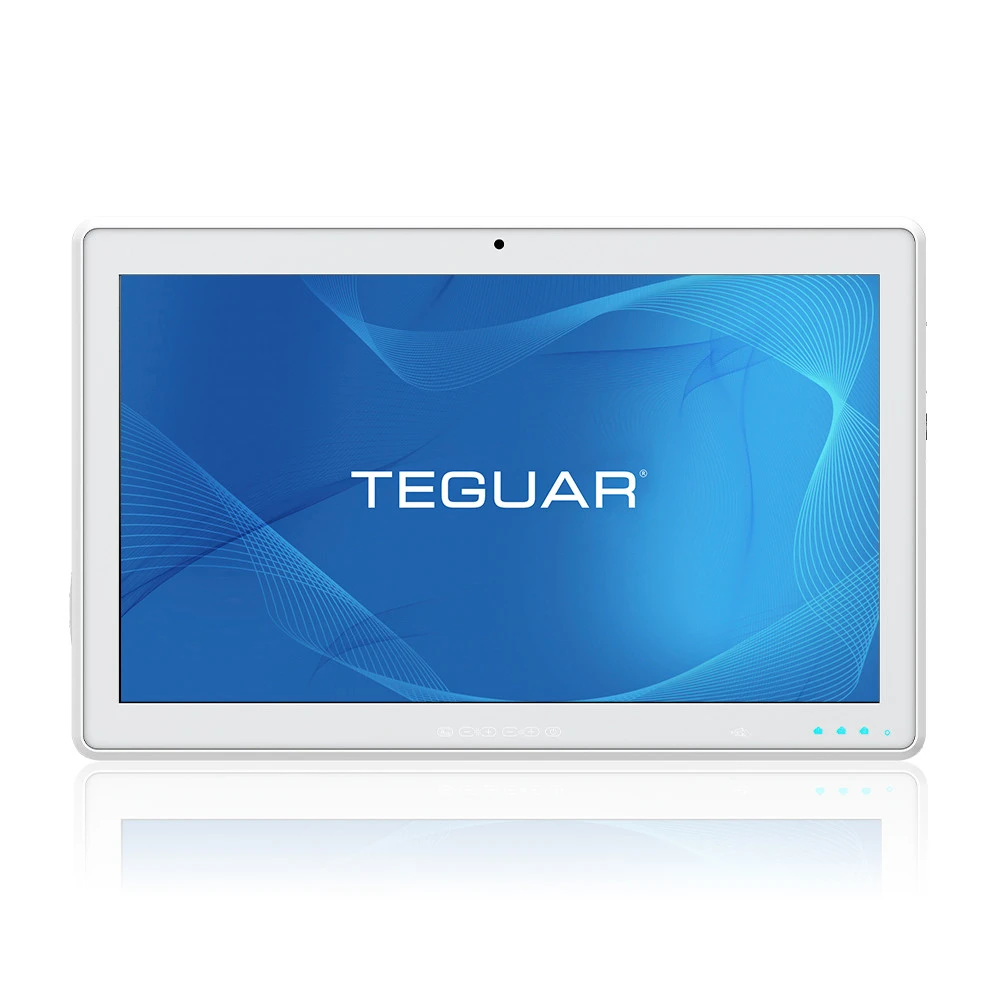Why You Should Use a Medically Certified All-in-One Computer on Your Medical Cart Instead of a Laptop
In modern healthcare environments, mobile workstations are essential. Whether you’re managing patient records, accessing imaging systems, or supporting bedside care, the performance and reliability of your computing hardware can directly impact patient outcomes.
While laptops are often used as a quick solution for medical carts, they were never designed for clinical workflows. A better alternative? A medically certified Medical All In One PC that is built specifically for healthcare industry.
Here’s why switching to a healthcare computer designed for medical carts is a smarter, safer, and more cost-effective choice.
Certified for Medical Use and Patient Safety
Medically certified healthcare computers meet strict standards such as UL 60601-1, ensuring safe operation around patients and sensitive medical equipment. These certifications are required in most clinical environments, but standard laptops do not meet these criteria, making them a liability when used near patient care zones.
A certified Medical All-In-One (AIO) PC provides the peace of mind that your computer is compliant with electrical and hygiene safety standards.
Hot-Swappable Battery Powered Medical Computers Eliminate Downtime
One of the biggest pain points with laptops is power. When the battery runs low, nurses must stop, plug in, and wait or switch devices altogether. In contrast, a battery powered medical computer with hot-swappable batteries allows for continuous operation. Nurses or clinicians can swap out a depleted battery with a fully charged one without shutting down the system, maintaining an uninterrupted workflow.
This feature is essential for high-mobility clinical settings like emergency rooms, ICUs, and round-the-clock patient rounds.
Superior Infection Control with Medical grade AIO Design
Thanks to their keyboards, hinges, and fan vents, laptops are notoriously difficult to clean. In contrast, a Medical AIO PC features a flat, sealed, antimicrobial surface designed for frequent wipe downs with hospital grade disinfectants.
This computer system runs fully fanless, ensuring total silence during operation and eliminating the risk of circulating airborne contaminants. Additionally, the unit is built with an antibacterial coating, which actively prevents the growth of harmful bacteria on the device surface.
This feature supports your infection prevention efforts around the clock and makes battery powered medical computers the clear choice for sterile and semi-sterile environments where hygiene and noise control are critical.
Built to Perform in Clinical Workflows
A healthcare computer is more than just a PC, it’s a clinical tool. These systems support advanced computing tasks like running EMRs, handling imaging software, supporting video consults, and integrating with hospital systems. They’re customizable, have flexible I/O ports and long term hardware availability, making them a better long-term investment than short-life consumer laptops.
Durable, Long-Term Solutions
A Medical AIO PC is designed for 24/7 operation, with components rated for industrial and medical use. Many of them feature Intel embedded platforms, ensuring up to 10 years of product availability and support. Compare that to commercial laptops, which often go end-of-life within 12-24 months, leading to mismatched fleets, support headaches, and unplanned downtime.
Designed Specifically for Medical Carts
Unlike laptops, which must be awkwardly placed on carts, a Battery powered medical computer is designed to mount securely on medical carts. With VESA compatibility, external battery support, and ergonomic touchscreens, these devices transform mobile carts into full-fledged point-of-care workstations.
Your staff gets the stability, usability, and uptime they need without the limitations of a portable consumer device.
Larger Display = Better Visibility and Productivity
One often overlooked limitation of using laptops on medical carts is screen size. Most laptops offer just a 13-15″ display, which can be too small for reviewing medical charts, imaging, or multiple software applications at once.
In contrast, a Medical AIO PC like the Teguar TME-7115 Series is available with 22″ or 24″ touchscreen displays, giving healthcare professionals significantly more screen real estate. This allows nurses, doctors, and technicians to view more data simultaneously, work more comfortably, and reduce the need for constant tab-switching or scrolling.
TME-7115 Series Medical Computers
TME-7115-22
- Intel® Core i5 and i7 options
- Windows 11 or Linux
- Three hot-swappable batteries
- Configurable DC output and versatile USB-C port for high-power attachments
- Accessible NVMe & 2.5” storage slot
- DDR5 offering 36% increase in bandwidth
TME-7115-24
- Intel® Core i5 and i7 options
- Windows 11 or Linux
- Three hot-swappable batteries
- Configurable DC output and versatile USB-C port for high-power attachments
- Accessible NVMe & 2.5” storage slot
- DDR5 offering 36% increase in bandwidth
In critical environments where every second counts and clarity is key, a larger screen makes a huge difference in both speed and accuracy.
Invest in the Right Healthcare Computer
Laptops may be familiar and convenient, but they come with limitations that healthcare environments can’t afford. A medical grade computer provides:
- Certified patient safety
- 24/7 uptime with hot-swappable batteries
- Infection control through easy cleaning
- Long-term hardware availability
- Purpose-built design for medical carts
If you’re still using laptops on your medical carts, you’re not just risking workflow inefficiencies, you’re compromising on safety, hygiene, and performance. Upgrade to a certified battery powered medical grade computer and experience a smarter way to deliver care.
Previous Article
Unlocking the Potential of Panel PCs: An Industiral Computing Revolution

